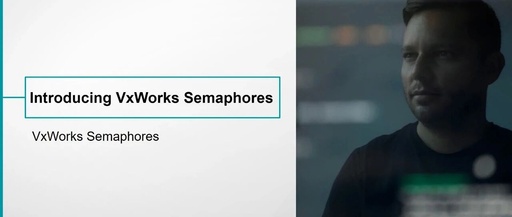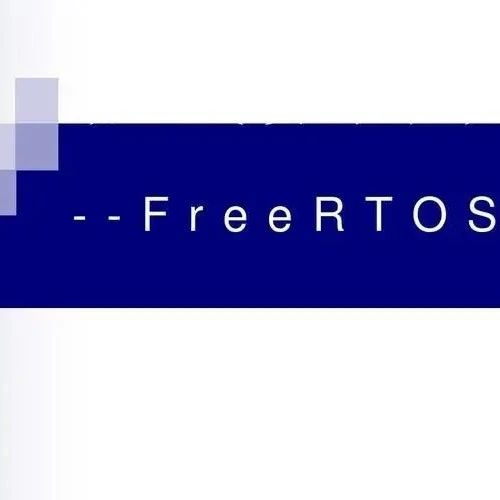UDP Network Programming in VxWorks
VxWorks is a high-performance real-time operating system widely used in embedded systems, and its network programming capabilities rely on a powerful network protocol stack that supports standard protocols such as TCP/IP and UDP.VxWorks‘s network programming interface is highly compatible with the POSIX socket API, allowing developers to use familiar functions such as socket(), bind(), sendto(), … Read more









